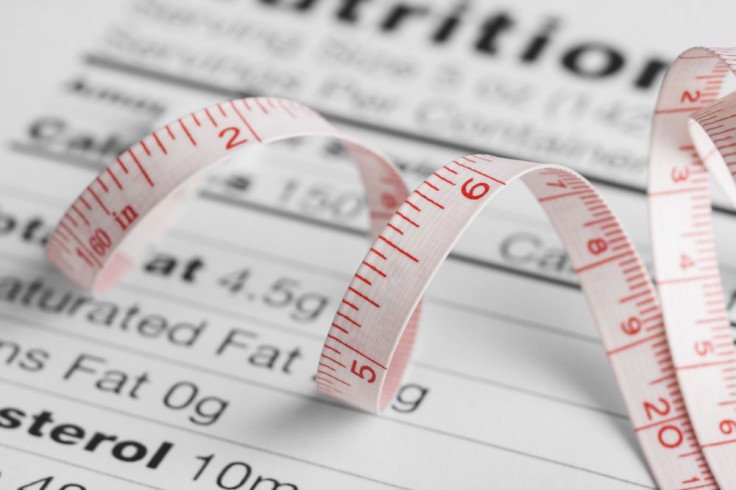FDA Proposes Major Updates To Food Nutrition Labels: What Will The New Nutrition Facts Look Like?

A proposed overhaul of nutrition labels on packaged food would revamp the current design and update all values to reflect new dietary recommendations, scientific information of chronic disease, and a changing food culture.
The Food and Drug Administration (FDA) said in an announcement released Thursday that the proposed changes will promote sensible eating among consumers by adding values like vitamin D and potassium to the nutrition label that is now entering its third decade. “For 20 years consumers have come to rely on the iconic nutrition label to help them make healthier food choices,” FDA commissioner Margaret A. Hamburg said.
“To remain relevant, the FDA’s newly proposed Nutrition Facts label incorporates the latest in nutrition science as more has been learned about the connection between what we eat and the development of serious chronic diseases impacting millions of Americans,” she added.
The proposed updates, which would represent the first significant changes to the Nutrition Facts label since 2006, also include serving sizes that better align with the amounts people currently eat. By law, serving sizes must reflect the amount consumers are eating rather than the amount they should be eating — and, since the current sizes were calculated in 1994, the way we eat has changed dramatically. The new rule would, among other things, require packages of foods that could be consumed in one sitting to feature nutrition information for the whole package.
Other updates include a larger font for details like calories and servings per container; a dual column detailing values for the whole container as well as individual servings; revised daily values for sodium and dietary fiber; and separate info for total fat, saturated fat, and trans fat. Speaking on behalf of the agency, first lady Michelle Obama told reporters that the changes would represent an important step forward.
“Our guiding principle here is very simple: that you as a parent and a consumer should be able to walk into your local grocery store, pick up an item off the shelf, and be able to tell whether it’s good for your family,” she said. “So this is a big deal, and it’s going to make a big difference for families all across this country.”
FDA’s proposed overhaul comes in response to numerous charges that the current labels are misleading and outdated. Publications like Scientific American have reported that serving sizes as well as calorie content are based on old measurement dating as far back as the 19th century. As a result, current labels have little effect on the rising rates of obesity, diabetes, and other metabolic disorders.
“By revamping the Nutrition Facts label, FDA wants to make it easier than ever for consumers to make better informed food choices that will support a healthy diet.” Michael R. Taylor, FDA deputy commissioner, told reporters. “To help address obesity, one of the most important public health problems facing our country, the proposed label would drive attention to calories and serving sizes.”



























